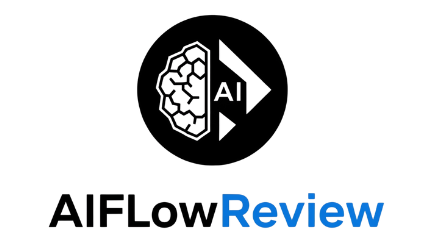Artificial intelligence isn’t just about robots or self-driving cars anymore. These days, AI is making waves in writing, too. AI writing tools are popping up everywhere, promising to speed up content creation, cure writer’s block, and even polish grammar. People who work with words are talking about these tools all the time, and it’s not just hype. Whether you write emails for work or craft stories, the impact of these tools can’t be ignored.
What Are AI Writing Tools?

Photo by Google DeepMind
AI writing tools use machine learning, often relying on advanced models like GPT-4, to help create or enhance written text. Instead of just checking spelling, these tools can generate full articles, summarize complex topics, fix awkward sentences, or brainstorm ideas for you. Some even help with research by pulling key facts and quotes to kickstart your work.
I think of them a bit like having a super-speedy research assistant or editor who never gets tired. From business emails and social posts to reports and stories, AI tools cover a lot of ground. Their main features usually include:
- Content generation (from scratch or based on prompts)
- Text rewriting (to switch voice, tone, or style)
- Summarizing lengthy material
- Grammar and style editing
- Fact-checking and research suggestions
People use these tools across a range of scenarios: writing fiction, crafting marketing copy, developing educational content, or simply making daily office tasks more manageable. Some platforms even focus solely on marketing, where speed and variety matter a lot, as covered in the roundup of the best AI writing tools for content creators.
Who Should Use AI Writing Tools?
Not everyone needs an AI co-writer, but plenty of folks can benefit from them. Here’s a breakdown of who stands to gain:
Professional Writers
Whether writing novels, articles, or scripts, pros can use these tools as hopping-off points. AI offers quick rough drafts, phrasing ideas, or rewrites to get around creative roadblocks.
Marketers
Marketers need catchy copy, lots of it, and fast. AI writing tools can generate headlines, product descriptions, and emails on the fly. According to examples from MarketerMilk, brands like Shopify and Airbnb harness AI for these repetitive yet essential tasks.
Students and Educators
Students can use AI tools to organize thoughts, rewrite essays for clarity, or summarize textbook chapters. Teachers might use them to develop lesson plans, create quizzes, or proofread class materials.
Business Owners
Busy founders or managers don’t always have time to wordsmith. AI writing tools fill in gaps—fluent customer emails, snappy announcements, polished proposals, and more.
Benefits of AI Writing Tools for Different Users
Here’s why different groups keep reaching for these tools:
- Speed and productivity: AI helps pump out content fast, saving precious hours.
- Brainstorming support: Get fresh topic ideas or break free from creative slumps.
- Consistent editing: Spot grammar, clarity, and structure issues easily.
- Language improvement: Boost overall professionalism, especially for non-native English speakers.
Common use cases might look like:
| User Type | How AI Tools Help |
|---|---|
| Marketer | Generates ad copy, email campaigns |
| Student | Summarizes articles, rewrites reports |
| Writer | Brainstorms plot ideas, edits drafts |
| Business Owner | Crafts proposals, polishes messaging |
Some platforms offer unique takes on these features, as seen in this review of the top AI tools for content writers.
Where AI Writing Tools Fall Short
For all their convenience, AI writing tools aren’t perfect. Sometimes, the writing feels bland or lacks emotional punch. Tools may give out wrong facts or awkward sentences. There’s also the risk of plagiarism or sounding too much like everyone else—they draw from vast data, so things can start to sound similar.
Human editing always matters. Relying too much on AI can mean losing your personal style or missing little mistakes. Ethical risks pop up, too, like plagiarizing someone else’s work or spreading unchecked info.
Smart Ways to Use AI Writing Tools
There’s a sweet spot for using these tools. Treat them as assistants, not as ghostwriters. Here’s how to stay smart:
- Personalize everything—Always put your own touch on AI-produced drafts.
- Edit carefully—Double-check facts and proofread for natural flow.
- Mix workflows—Use AI for first drafts, follow with your own finesse.
- Stay current—AI keeps changing. Look for new features and best practices.
Hybrid writing, where you combine tech speed with personal style, produces the best results. Advanced tools add in personalization, learning your voice over time. Before picking a tool, read trusted reviews or guides. It makes finding the best fit easier and helps avoid rookie mistakes.
Sites that offer in-depth reviews and guides make a big difference for anyone wanting to choose wisely.
Taking the Next Step
Writers of every skill level can experiment with AI writing tools to see what fits best. These tools can spark new ideas, save time, and help polish writing, but they work best when you add your own creativity and judgment. Pairing tech speed with clear, human thought makes for writing that stands out and connects with readers. Try it out—who knows, you might just discover a new favorite way to work with words.
Read more: Best AI Content Writing Tools in 2025

















